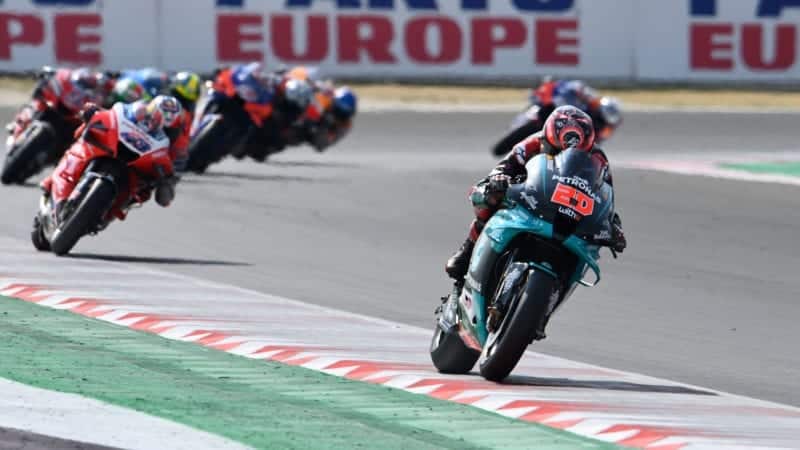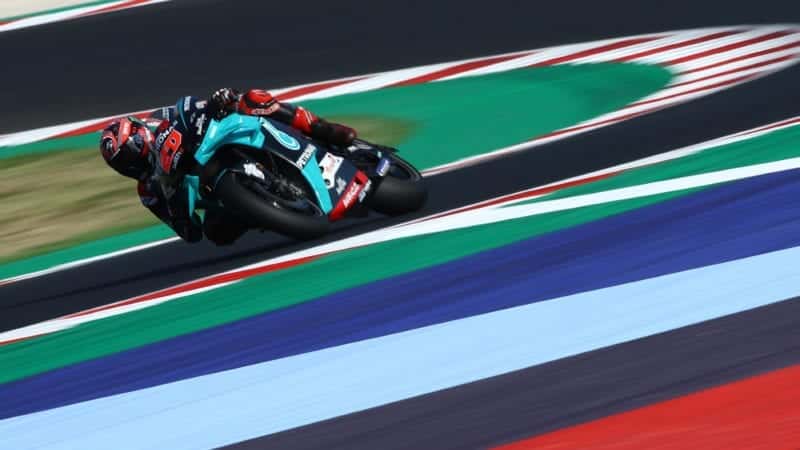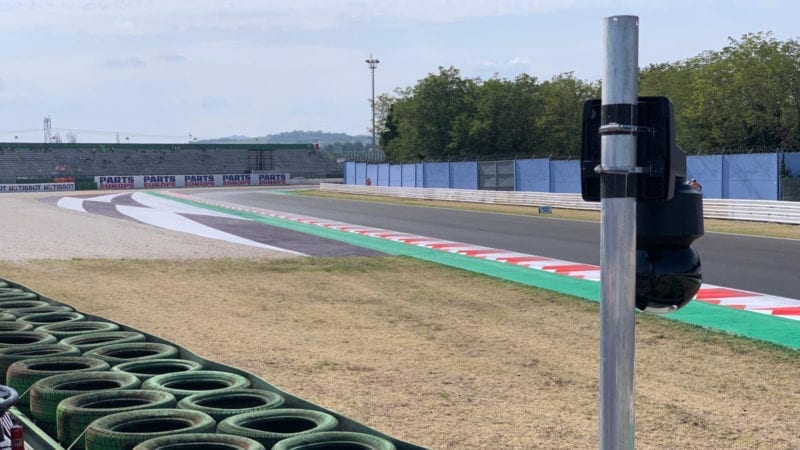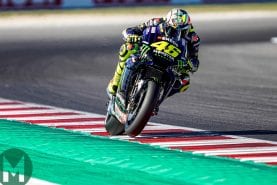Thus – like it or not – asphalt runoff is now the default, effectively widening the racetrack beyond the kerbs (which have long been considered part of the track). Inevitably, riders started using the asphalt to widen their line, when they made a mistake, when they wanted to attack another rider or simply to find a faster line.
Hence the introduction of the no-go green zone and penalties for riders who habitually use the green and the asphalt runoff, whether by metres or millimetres.
But why bother penalising a rider who’s just snatching a few extra millimetres here and there every other lap? Because racing in all classes is much, much closer than it’s ever been, so every hundredth of a second counts. It, therefore, makes sense that someone illegally gaining a few hundredths should be punished.
In fact, there is a much better way to solve this problem: design better circuits. How much track-limits fuss is there at Phillip Island? Or Mugello? Or Termas de Rio Hondo? Or Assen? Or Silverstone? Very little, sometimes none.
“One of the main reasons we have so many issues with track limits at some circuits is modern race track design,” says Jarno Zaffelli, designer of Termas de Rio Hondo. “When MotoGP goes to places like Mugello, Phillip Island and Termas there’s no problem with track limits, because those tracks aren’t designed like Misano, which has the kind of corners that riders try to make straight, so it’s easy to go too wide. When MotoGP goes to fast and flowing tracks it doesn’t have track-limits issues because you don’t gain time by cutting the green or going wide.

Close to the edge – riders are allowed on the kerbs but not beyond them
Petronas SRT
“So if you design a circuit properly you won’t need all these rules and regulations to control the problems of bad circuit layout. The situation now is that they try to solve one problem, which causes more problems and so on. It’s like a dog chasing its tail.”
Some people who mourn the passing of grass and gravel from racetrack verges have suggested that asphalt runoff should be coated with low-grip paint, so riders who run wide are automatically punished, just like the old days.
“Technically speaking it might be possible to reduce grip in the runoff,” adds Zaffelli. “But first we would have to discuss and agree what is a safe level of low grip and what isn’t.
“Let’s say we find a paint that reduces grip to a good level, then you need consistency in the runoff grip from one track to another, all around the world, which just isn’t possible. The paint isn’t the problem, the problem is maintaining it and checking and controlling that maintenance. It’s simply not possible.
“Maybe some kind of special material would do the job, but that would be degraded by the sun and the rain, so that’s another problem. And what about a paint or a material that works with slicks, will it be OK in the rain, or when riders are doing track days with street tyres? And that’s just bikes – what about cars? So it’s not easy!”
Car and motorcycle racing have changed immeasurably over the decades and they will never stop changing. It’s simply not possible to go back to the ‘good old days’.
Consider how those in charge used to look after rider safety and problems of riders going too fast. Some decades ago, riders complained that the Gerrards right-hander at Britain’s Mallory Park circuit was getting too fast – as bike and tyres go better – so they requested the barriers be moved back. Officials had a better (cheaper) idea: place a six-foot-high wall of straw bales on the inside of the corner to make Gerrards blind – that would slow them down.



